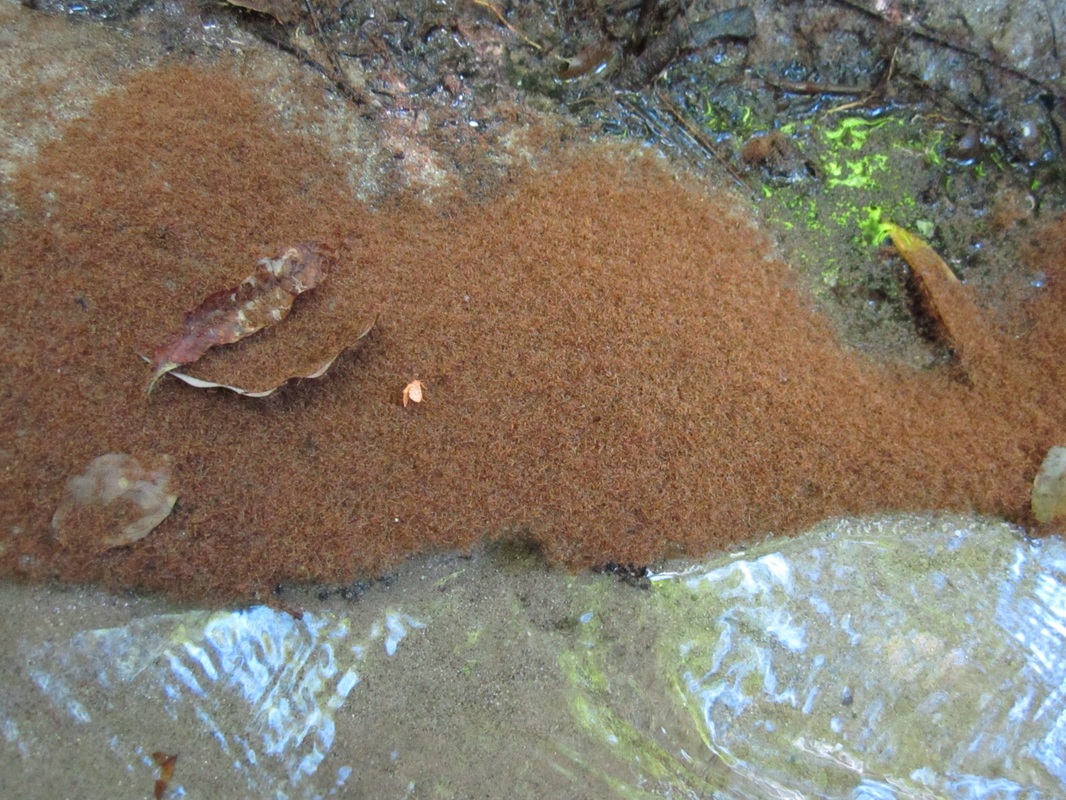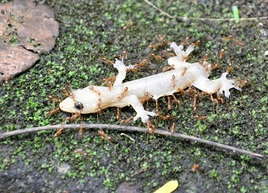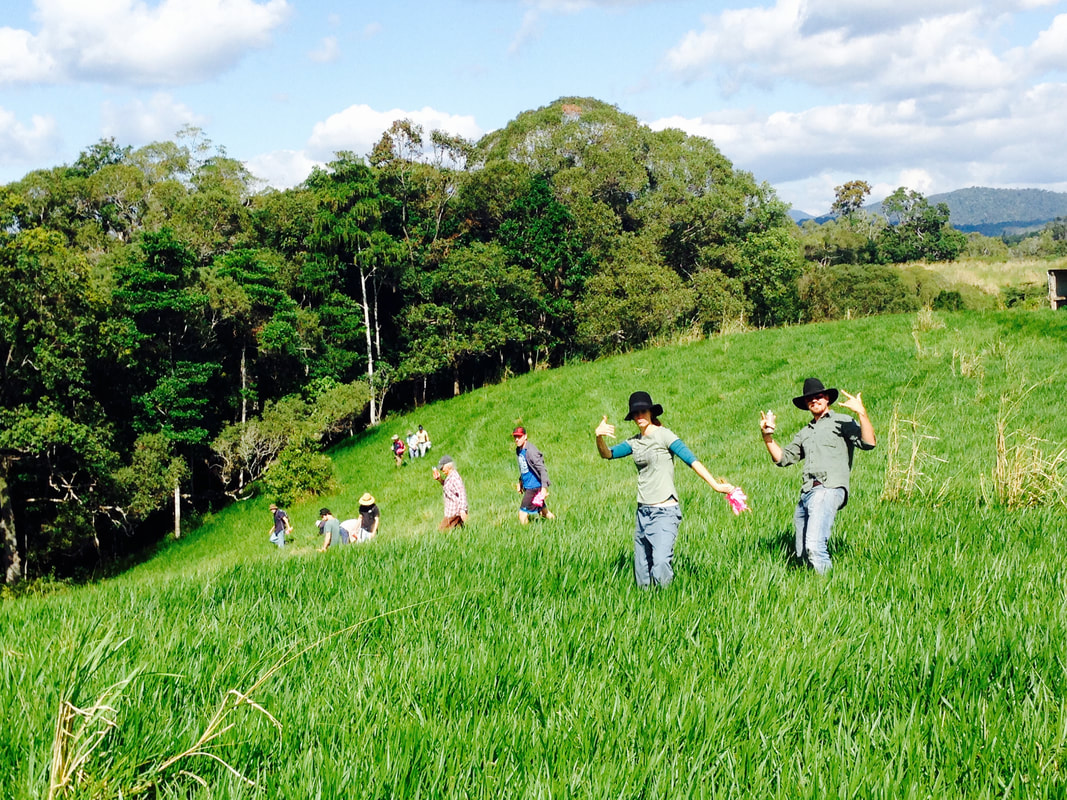|
The Nature of the Problem
|
|
The Power of the YCA Community Task Force
When you sign up you will be able to update your contact details, change your availability and what skills you have to offer We will send you a monthly newsletter and progress updates. You can unsubscribe at any time. |



